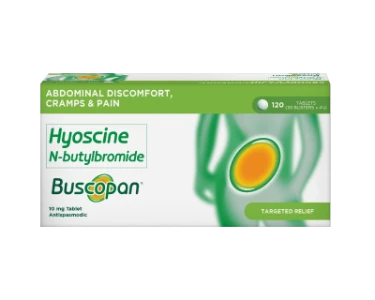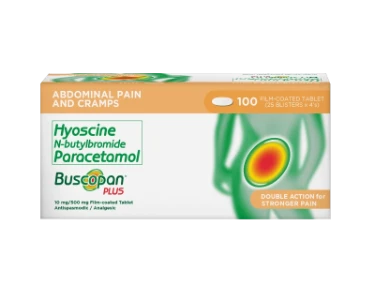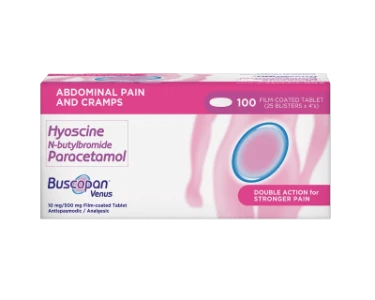Abdominal pain in men can arise from various causes, including appendicitis, gallbladder inflammation, hernias, bowel obstruction, pancreatitis, urinary tract stones, and liver conditions. Recognizing the specific source of pain is crucial for effective treatment. For Functional Abdominal Cramping Pain (FACP), characterized by cramps without an underlying disease, antispasmodics like Hyoscine N-butylbromide (Buscopan®) offer targeted relief by relaxing abdominal muscles, addressing the pain's source. Hyoscine N-butylbromide (Buscopan®) is gentle on the stomach and alleviates cramps within 15 minutes, providing rapid relief from discomfort.
Suppose abdominal pain persists or is accompanied by symptoms such as unexplained weight loss, pallor, general malaise, persistent vomiting or diarrhea, blood in the stool, pain during physical activity, intense pain, or interference with daily activities. In that case, it is essential to consult a healthcare professional for a comprehensive evaluation and appropriate management.
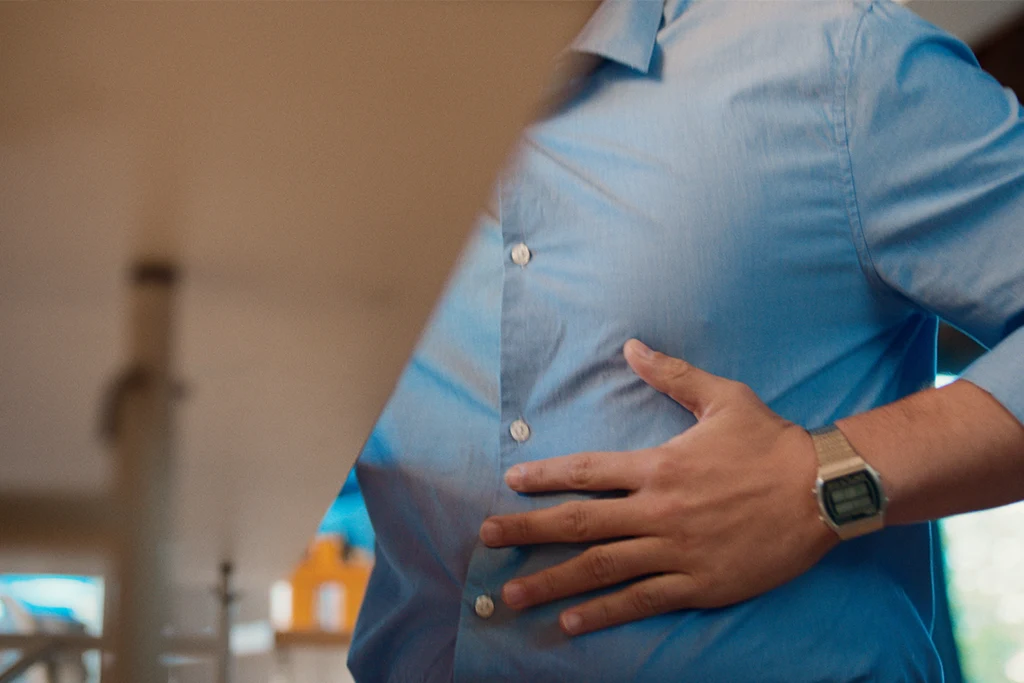
.webp)
.webp)
.webp 0w)
.webp 0w)

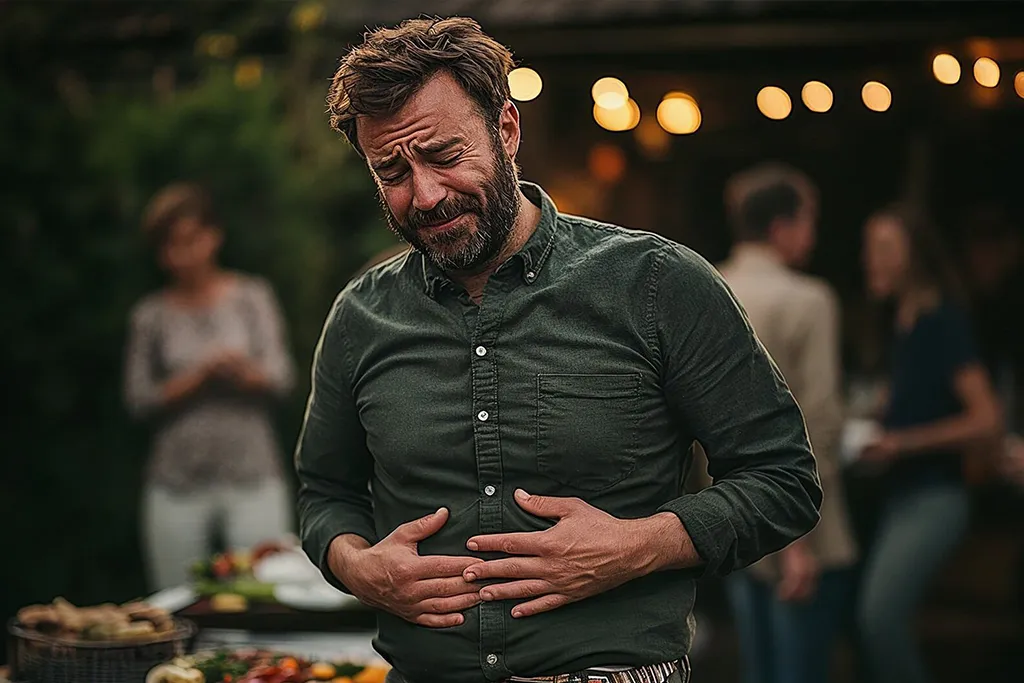


.webp)





